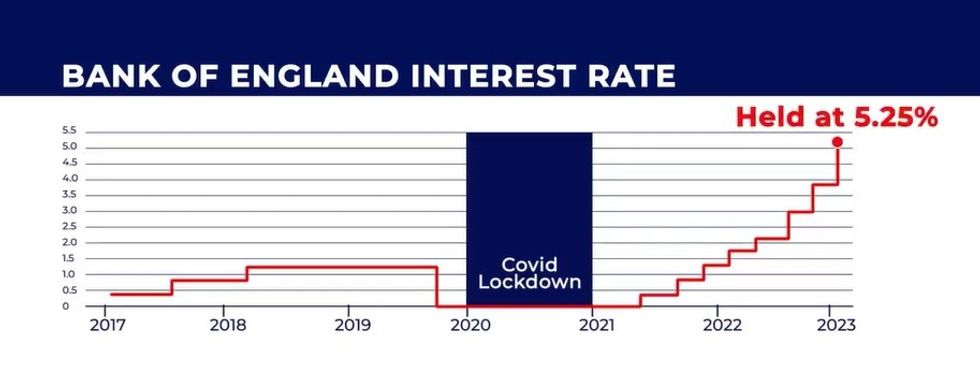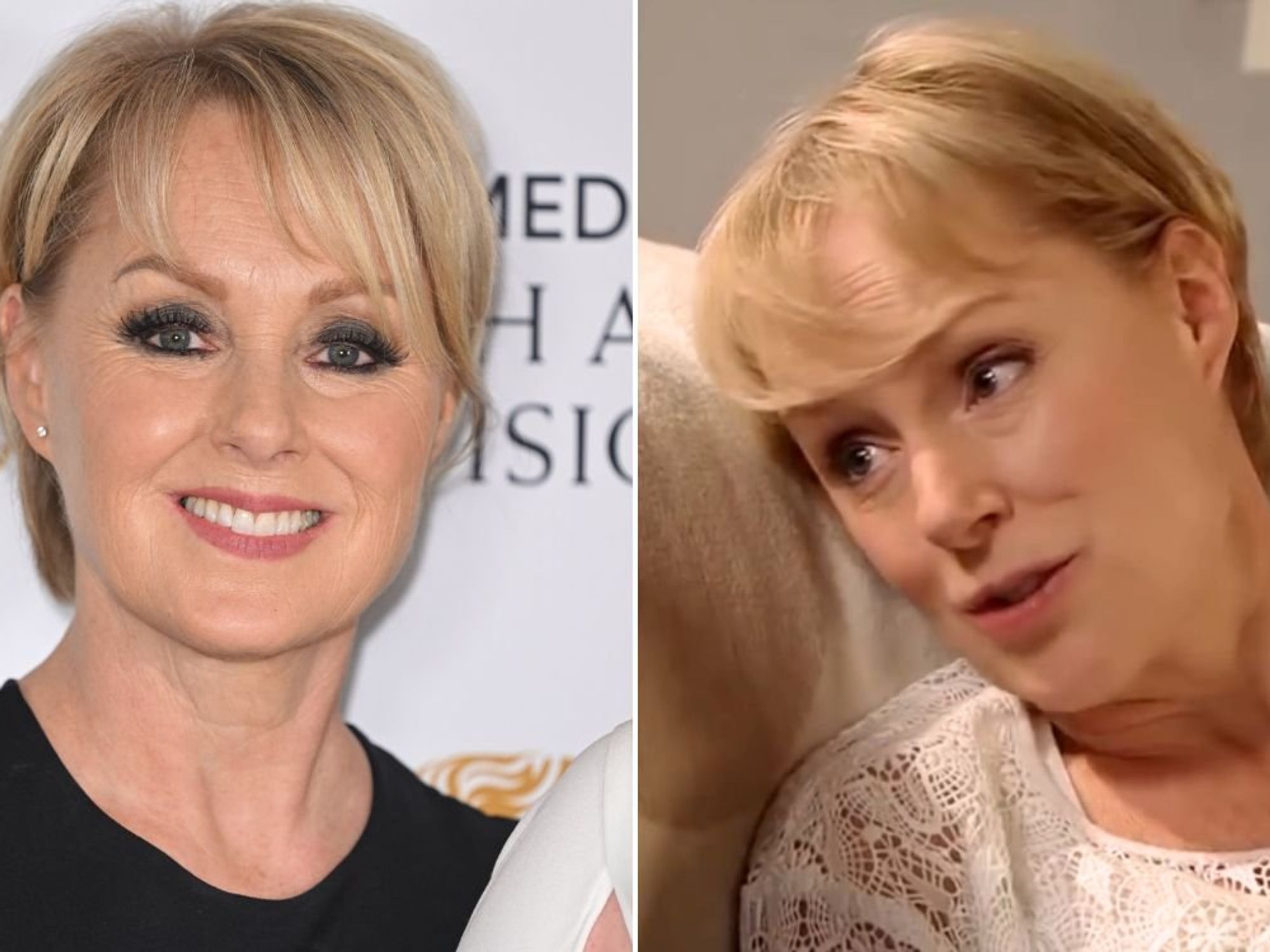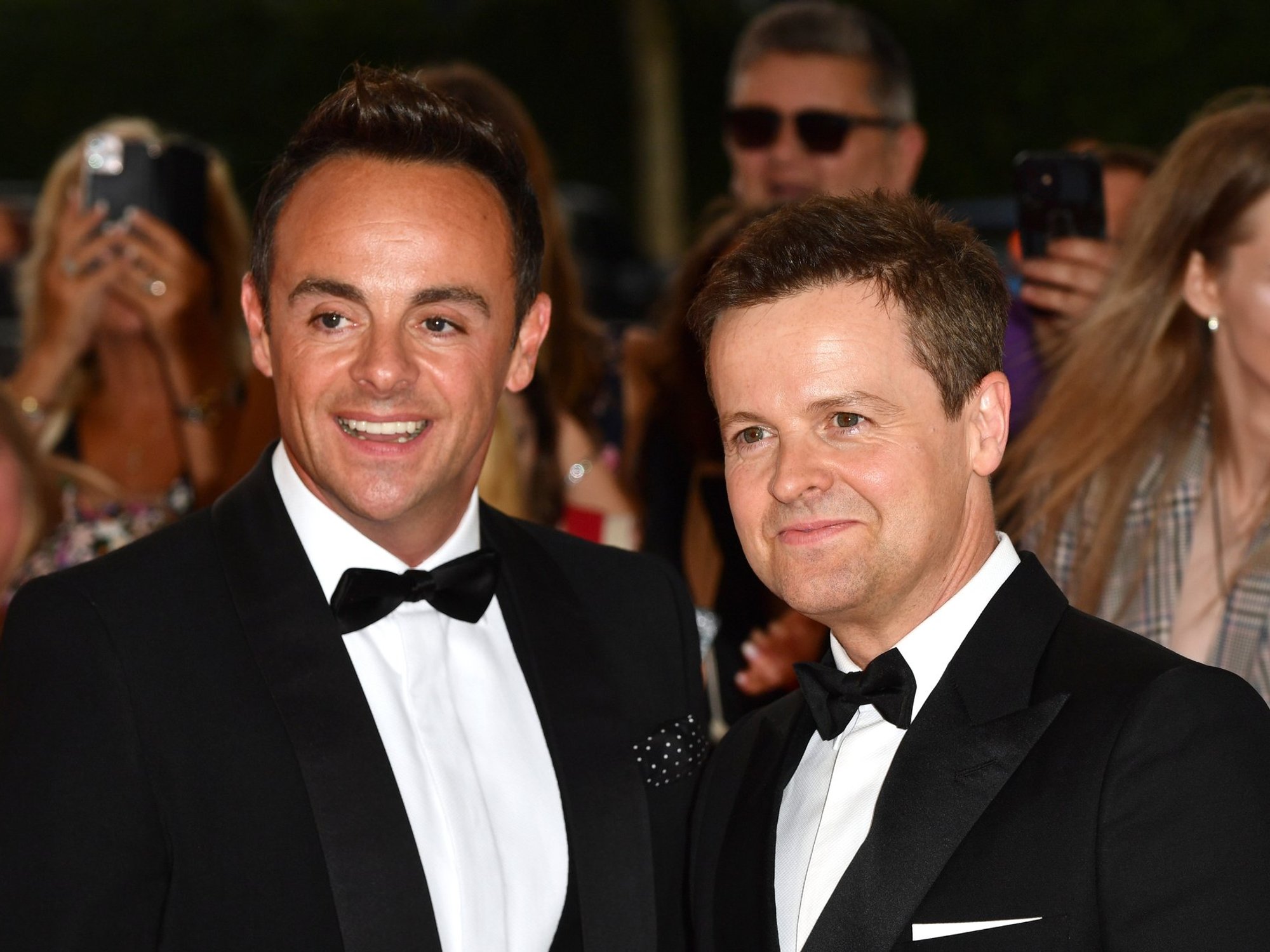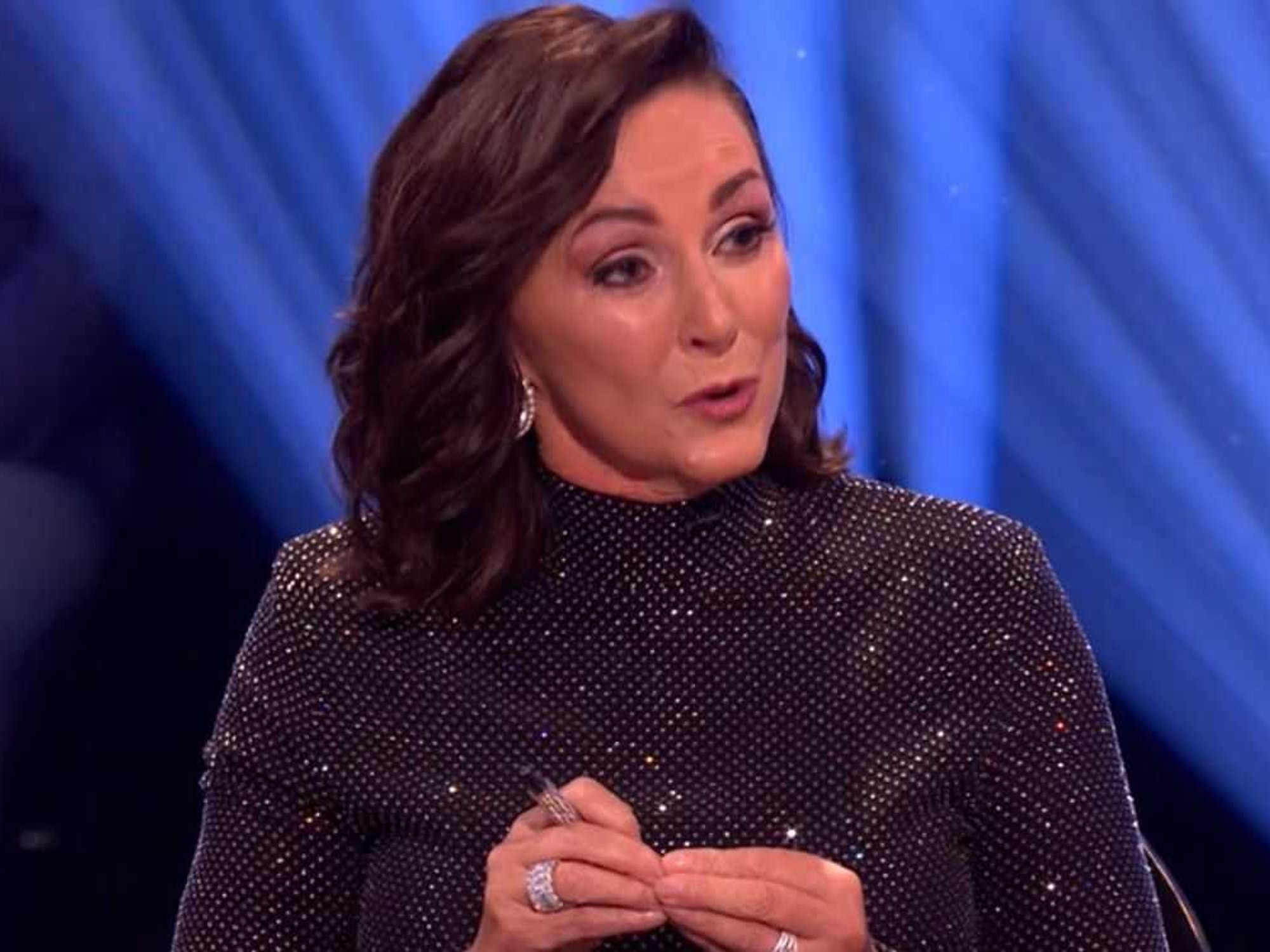Savers hit by ‘volatile’ banking market as interest rates ‘worsen’

Interest rates have been rising and falling depending on the type of savings account and the bank
Don't Miss
Most Read
: Savers are being warned about the “volatile” banking market which has seen interest rates “worsen” in recent weeks.
Recent data from Moneyfacts has highlighted the fluctuating nature of savings interest rates as of late.
Savings accounts have benefited from the Bank of England’s decision to raise the country’s base rate to 5.25 per cent.
However, with the central bank expected to slash rates later in the year, banks and building societies are making changes to their products.
High interest rates attached to certain accounts, including from Nationwide, are being withdrawn from the market.
While the cuts to fixed rate bonds have eased in recent months, other types of savings products are seeing their rates reduced.
Do you have a money story you’d like to share? Get in touch by emailing money@gbnews.uk.

Savers are having to navigate a "volatile" market
|GETTY
Rachel Springall, a finance expert at Moneyfacts, explained: “Savers may be pleased to see the sizeable rate cuts to fixed bonds felt in recent months calmed during February.
“Month-on-month, the average rate on a one-year fixed bond fell by a marginal 0.01 per cent, a far smaller cut than the 0.25 per cent recorded a month prior. On longer-term bonds, the average rate rose by 0.01 per cent after back-to-back months of relentless rate cuts.
“This is a positive turn of events for the fixed rate bond market, as between the start of 2024 and the start of February, the average longer-term bond fixed rate fell by a significant 0.34 per cent, the biggest monthly drop recorded in 15 years.
“However, the swap rate market remains volatile, and providers will also have their own reasons to enhance or worsen their fixed rates; such moves during February resulted in a drop to the average shelf-life of a fixed rate bond to 27 days, from 39 days.”
For March 2024, the financial information website found cuts fixed rate bonds eased after a period of consecutive cuts while ISAs plummeted to their lowest point since last year.
The average easy access rate rose to 3.18 per cent, while the average notice rate dropped to 4.27 per cent, Moneyfacts found.
Over the same period, the average easy access ISA interest rate jumped month-on-month to 3.32 per cent.
This is the product’s highest point in 15 years, but the average notice ISA rate fell to 4.12 per cent in March.
Notably, the average one-year fixed bond fell for a fifth consecutive month to 4.61 per cent which is the account’s lowest point since June 2023.
The average longer-term fixed bond increased to 4.13 per cent, after five months of back-to-back interest cuts.
As it stands, the difference in rate between the average one-year and longer-term fixed bond sits at 0.48 per cent.
According to Moneyfacts, the one-year bond is currently paying a higher average return on savings.
LATEST DEVELOPMENTS:
 The Bank of England base rate is at a 15-year high of 5.25 per cent | GB NEWS
The Bank of England base rate is at a 15-year high of 5.25 per cent | GB NEWSOn top of this, the average one-year fixed ISA has been slashed for a fifth consecutive month to 4.49 per cent which is its lowest point since July 2023.
For March, the average longer-term fixed ISA rate remained unchanged but this is the account’s lowest rate since June last year.
Over the period, savings product choice rose to 1,923 deals with the number of cash ISAs jumping to 517.
As well as this, the number of savings providers rose to 141 which is the highest count on Moneyfacts electronic records.











